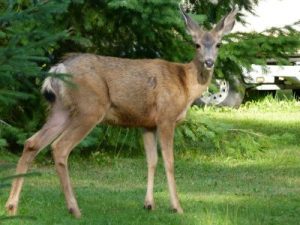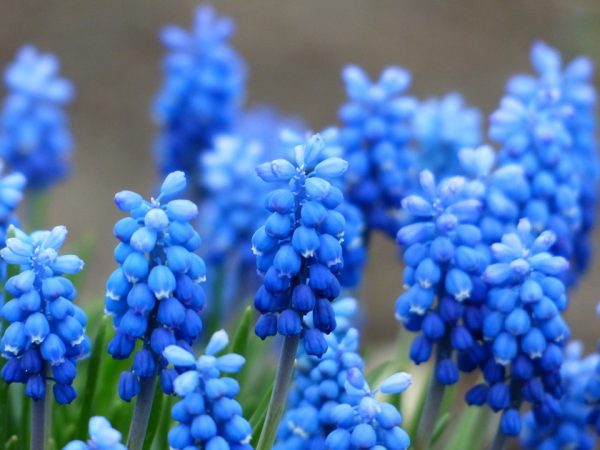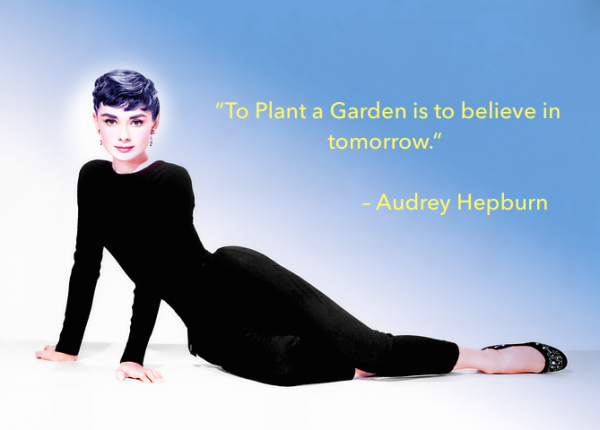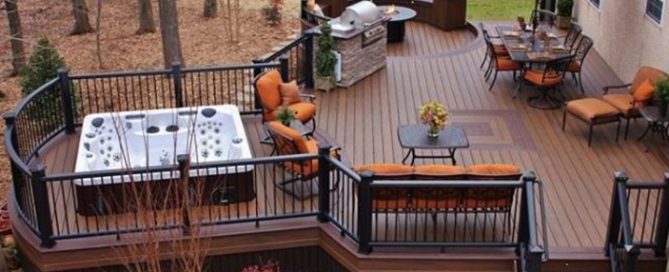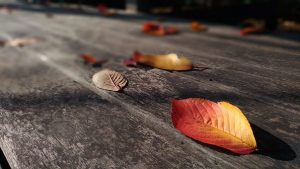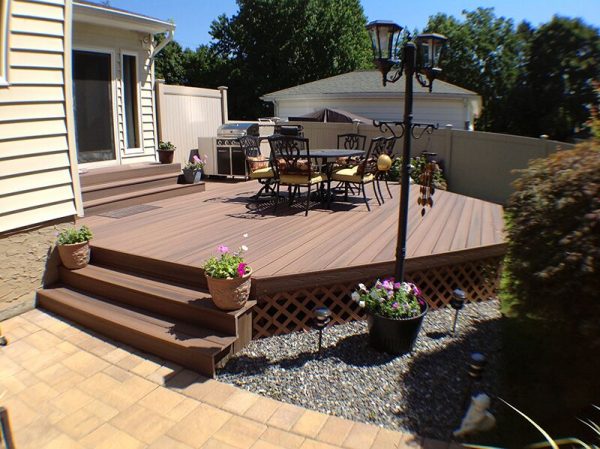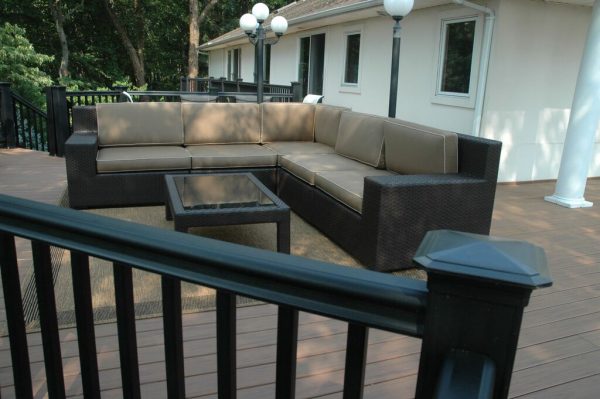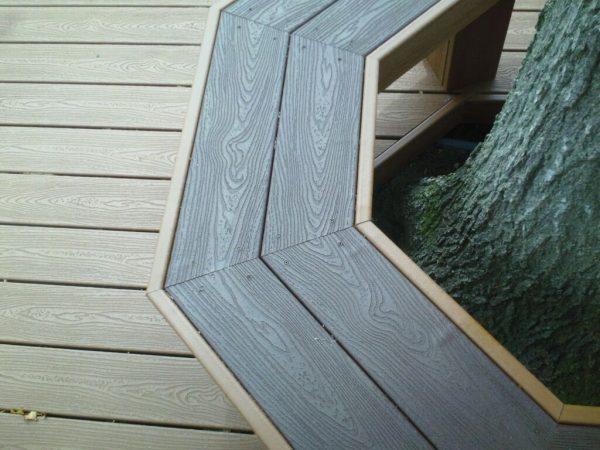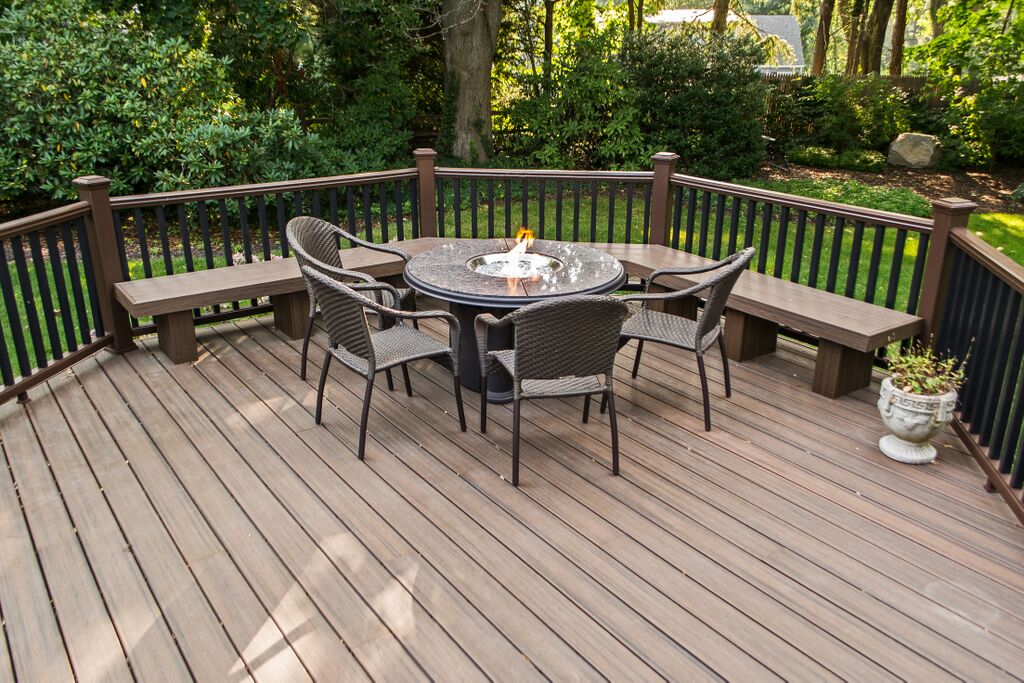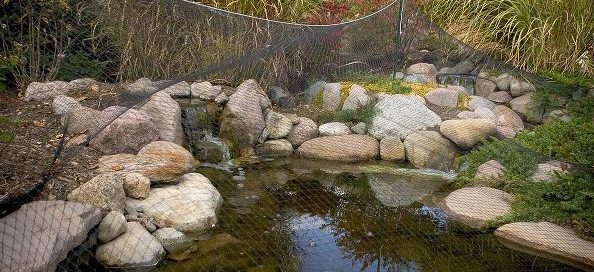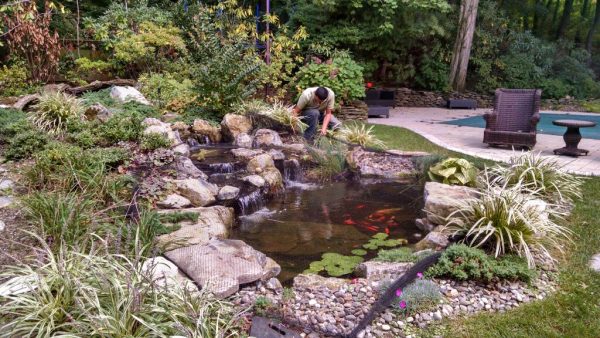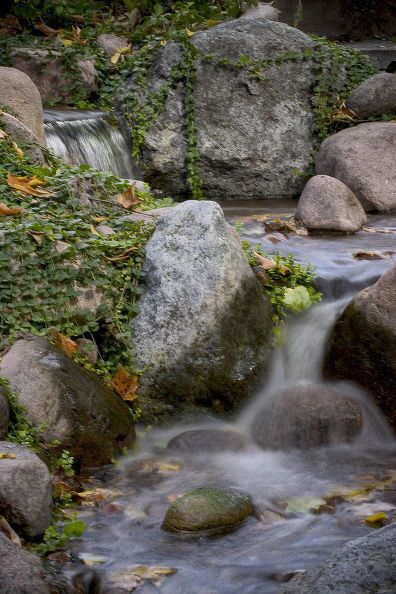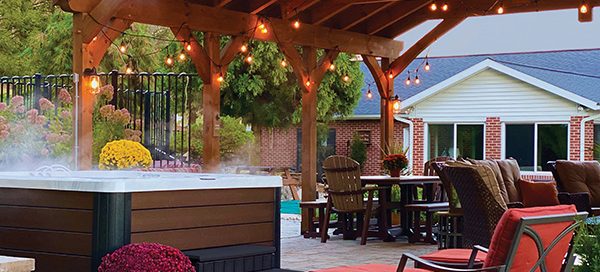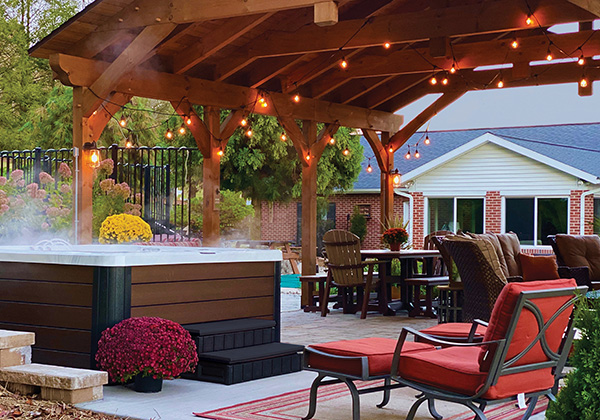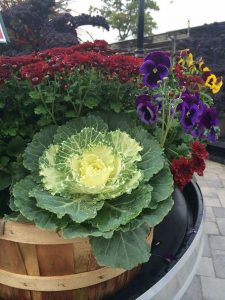Gardening: There’s a Fall Chill in the Air. It’s Time to Think Spring
When you can no longer sit out in the evening without a fire pit to warm you, it’s time to plan for spring. Everyone wants bright cheery flowers telling us winter is finally over. Well, such welcome beauties grow from bulbs planted in the chilly weather of fall — late October and November.
To get some great planting ideas for a spring garden, we spoke with Sandra Vultaggio, Horticulture Consultant at Suffolk County’s Cornel Cooperative Extension, who has some great tips on planting bulbs.
“When to Plant Spring Bulbs
Gardeners wait until the fall to plant their spring bulbs. Waiting until the soil temperature has dipped to about 55°F is ideal. Usually this corresponds to overnight air temperatures cooling to around 40 – 50°F.
Which Bulbs to Plant
Considering the deer population on Long Island, I would recommend choosing bulbs that the deer tend to avoid.
I suggest planting daffodils, allium (ornamental onion), hyacinth, grape hyacinth and crocus.
Though not actually bulbs, you can venture into some of the other tuberous perennials like peony and tall bearded iris as well.
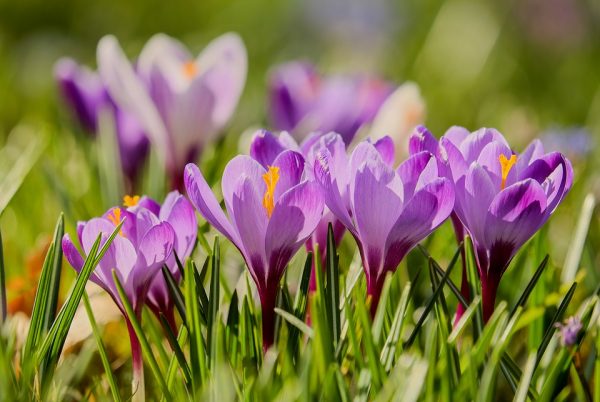
Crocus: These beauties are often the first flower you see in spring. And they return year after year.
Best Soils for Bulbs
Bulbs grow well in many different soil types but the one site they won’t enjoy is heavy, poorly draining soils. Ideally you should plan to plant in soils that are organically rich, slightly acidic, well-drained sandy loams or loamy sands.
Spacing the Bulbs When Planting
As far as spacing, bulb depth and so forth, all of that information is provided as part of the growing instructions for each bulb. Planting depths even vary between varieties, depending on if you have a large “trumpet” variety, or the small ‘Tete A Tete’ varieties. Most bulbs will enjoy a sunny garden, but will usually perform well in a partially sunny garden as well.
Should You Compost
Compost is not necessary to layer on top. If you feel your soil is lacking organic matter, you will be better off incorporating compost into the top 6” of soil before planting. Mix bonemeal or superphosphate with the soil at the bottom of the planting hole, or incorporate it into the soil around each bulb’s planting hole.
What Tools Will You Need
As far as tools go, to make the job easiest is to buy a bulb planter. This is a metal garden gadget that you stick in the ground, pull it up and out comes a cylinder of soil. Place the bulb, right-side up into the hole, and cover back up with soil. If you don’t have a bulb planter, and garden trowel will do just fine. Short on time? Dig larger holes and place a few bulbs in each hole so the flowers come up in clumps.”
Note from Deck and Patio: Ms. Vultaggio’s comment on Audrey Hepburn reminds us that one of the episodes on the actress’s series on world gardens covered tulips and spring bulbs.
These beauties are some of the first heralds that spring has arrived. It’s no wonder that Ms. Hepburn and the producers of “Gardens of the World..” chose them as a focus of an episode — and that they are one of the horticulturist’s suggested bulbs.
Our thanks to Sandra Vultaggio for her helpful spring gardening ideas. The weather, by the way, is perfect on Long Island right now to start thinking of spring! Happy Planting!



